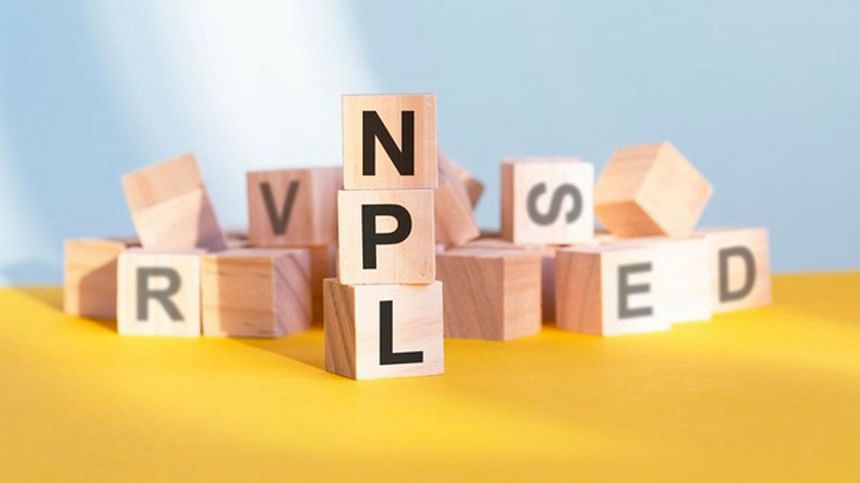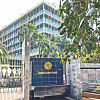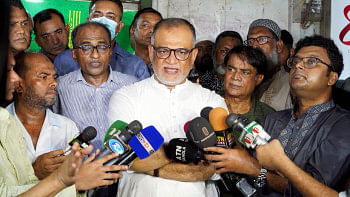Microfinance sector’s NPL nearly doubles

Microfinance institutions (MFIs) in Bangladesh witnessed an 85 percent year-on-year jump in non-performing loans in 2021-22 as borrowers struggled to pay back owing to the impacts of the coronavirus pandemic and the economic slowdown, official figures showed.
Thus, the volume of the NPL rose to Tk 8,370 crore in FY22 from Tk 4,528 crore in 2020-2021, according to the Bangladesh Bank's Financial Stability Report 2022.
As a result, the NPL ratio soared to 6.74 percent in FY22 from the previous fiscal year's 4.77 percent. The figure nearly trebled from FY18's 2.72 percent.
Mustafa K Mujeri, a noted economist, blamed the dragging fallout of Covid-19 and the economic crisis stemming from the Russia-Ukraine war for the higher NPL.
The volume of the NPL rose to Tk 8,370 crore in FY22 from Tk 4,528 crore in 2020-2021, according to the Bangladesh Bank's Financial Stability Report 2022
He said the war-induced crisis came at a time when small-scale borrowers were on track to make a comeback from the impact of the pandemic.
"But owing to the crisis, borrowers could not complete their projects on time or incurred losses. This forced them to delay repayments."
Mujeri, currently the executive director of the Institute for Inclusive Finance and Development, a think-tank, says small entrepreneurs are not willful defaulters.
"They are not similar to the borrowers we see in the banking sector where many clients default on their payments intentionally."
He said small borrowers do not delay repayments since they are repeat borrowers and MFIs maintain a strong supervision throughout the year.
"Economic circumstances have made them defaulters. They will start repaying once the economic situation improves."
In Bangladesh, there were 739 licenced MFIs in FY22, catering financial services to 3.82 crore individuals. Of them, around 90 percent were women.
At the end of FY22, outstanding balances of loans soared 30 percent to Tk 124,136 crore. Savings rose 17 percent to Tk 49,624 crore, BB data showed.
Md Mosharrof Hossain, finance director of Buro Bangladesh, one of the largest MFIs in the country, says since almost all MFIs kept their operations suspended for three months at the height of the pandemic, many of the loans became irregular.
"Owing to the pandemic, sales of borrowers dropped and they did not receive adequate repeat loans after the reopening of the economy."
According to Hossain, loan monitoring was relaxed during the pandemic, resulting in a higher default rate.
He said the situation has improved in 2023.
"And if we can utilise the central bank's incentive package of Tk 3,000 crore, it would be beneficial for the sector."
Hossain, however, pointed out that banks are imposing stricter conditions while disbursing loans as lenders are seeking higher security deposits.
"This is preventing us from using the package to the maximum level."
Habibur Rahman, a spokesperson of ASA Bangladesh, another top MFI, said though the unpaid loans rose, it is still low compared to the total lending.
At ASA Bangladesh, the unpaid loans were around 3 percent of its total funds disbursed against the sector's average of 6.74 percent.
This was far below than that of the banking sector where the NPL ratio was 8.8 percent at the end of March.
The NPL in the MFI sector rose due mainly to higher costs of living, Rahman said.
"When inflation rises, borrowers face difficulties in repaying loans."
The Consumer Price Index rose to a seven-year high of 6.15 percent in FY22, according to the Bangladesh Bureau of Statistics.
It surged even further in 2022-23 as prices showed no sign of cooling down. The CPI surged 9.02 percent in the last fiscal year.
A top official of Brac, the largest MFI in Bangladesh, said apart from the deepening economic uncertainty, the floods in haor areas also had a negative impact on micro-credit entrepreneurs.

 For all latest news, follow The Daily Star's Google News channel.
For all latest news, follow The Daily Star's Google News channel. 








Comments